The education sector is one of the hardest hit segments of society as COVID-19 continues to spread. To address this, the Department of Education and the Commission on Higher Education have pushed for blended learning so that students may continue their studies amid the pandemic.
Despite how promising this mode of education is, blended learning, which is a combination of modular instruction and online education, has faced criticism from parents, students, and other concerned groups in the country.
On the contrary, other countries see this type of learning as a solution to the educational backlog and teaching issues brought about by the pandemic. Over 1.5 billion students from kindergarten to higher education and educators in other parts of the globe have shifted online to ensure that learning does not stop. Also, a surge in the availability and popularity of online courses developed by leading institutions on various fields of knowledge have been observed in the past months.
As a digital marketing expert in Davao City who believes that the online platform can be used to sustain businesses, I think that the same could be done for the education sector.
Is the Philippines Really Behind?
According to Education Secretary Leonor Briones, the country has been using blended learning for decades already, citing the University of the Philippines Open University as an example that specializes in distance education.
Aside from that, modular learning methods in the country have already been developed way back, even before this pandemic. These have been designed for children who are unable to physically attend class due to cancer, physical disabilities, and the like.
If this is the case, then why does blended learning sound new to Filipinos?
It has not been given much attention. It has not been maximized. It has not been further developed. It has not been practised extensively.
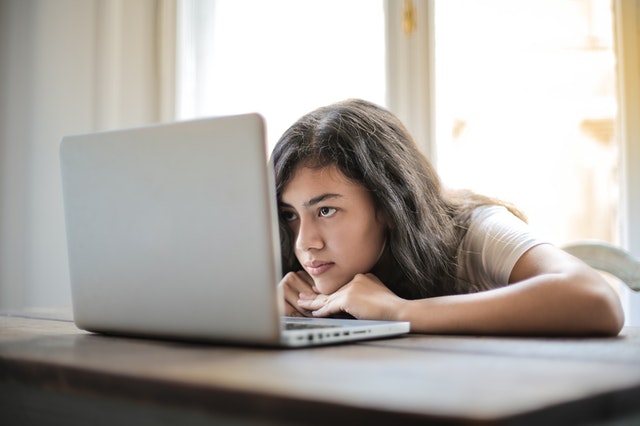
The Philippines is actually not lagging behind in blended learning because the country has already been doing it even before, but sadly, people were not fully made aware of this mode of delivery for learning. As a result, parents are unaware of its advantages and are apprehensive about letting their kids explore it. Students, and even teachers haven’t been trained to try different ways of learning, aside from face-to-face classes.
Also, there is a lack of research in the Philippine education setting on how we could further develop blended learning strategies, hence, our country’s mode of learning heavily relies on face-to-face classroom set-ups.
The Correlation Between Education and Our Economy
What if we freeze the academic year, and just reopen schools once it’s already safe? Here’s what happens.
According to the World Bank, freezing the academic year–shutting down schools, not conducting remote learning, no courseworks–would lead to losses amounting to $10 trillion dollars for the global economy.
And it does not end there; another study reveals the impacts of freezing the academic year in the long run. Losses in marginal future earnings would amount to 2.5% per year over a student’s career after graduation if a country closes its schools and universities for four months. How much bigger could that percentage be if schools are closed for one whole year?
To avoid these economic declines in the new normal, we have to swim, not sink–online learning is not a hindrance to education but a move forward to what is already the trend in other countries.
We have had our fair share of calamities before–the series of earthquakes in Southern Mindanao in the second half of 2019, Typhoon Yolanda in 2013, and the recent Taal eruption in early 2020, to name a few, which led to a halt in learning for the interest of safety. If only this mode of learning was put in place even before, including making people aware of its advantages, our education sector will not be facing such a dilemma today.
If We Can’t Be the First and Be Active, We Might as Well Catch Up
We already lost a lot in this pandemic. We can’t lose even more. We shouldn’t allow learning to stop.
Just as how we’ve augmented business to do the online switch, through series of training, workshops, and maximizing technology, we can tread the same path for education.
Adjusting to this blended learning mode will be beneficial for both teachers and students.
Educators will be able to explore learning continuity plans and develop new teaching strategies that maximize technology. In the long run, this impacts our educational system positively by coming up with an evolving and resilient learning structure.
Students can develop new learning styles, shaping them to become independent and flexible learners in the long run, and training them to be adept with educational technologies. This can also foster exchange of ideas with other learning strategies from other countries as the geographic divide is bridged through the internet, thereby enabling new perspectives in learning.
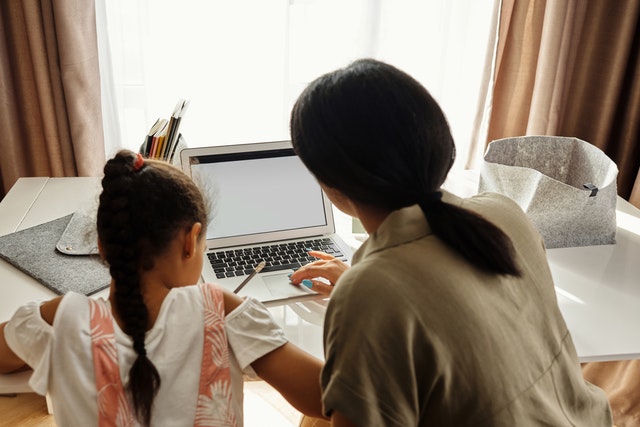
For parents, this can help in educating kids on the purpose of gadgets, that they are not just for fun and games, but most especially for educational purposes.
For the ISP’s, they will realize that their service is no longer for entertainment, and for the rich. The internet is vital to the betterment of our country, whether in communication, business, and education.
Blended learning is no longer an option. It is already a necessity.
The Philippines needs a paradigm shift on how we view teaching and learning as just a “same time, same place” activity in order to nurture a blended learning environment with technology even beyond this pandemic.
Seeing this need, I will be creating materials for students and teachers to help them adapt to this blended learning. It will be an addition to my advocacies.
We have explored solutions to digital marketing in Davao City. As we move forward, we have also been working on setting up online platforms that help foster blended learning for the Filipino children. Send me a message to learn more.

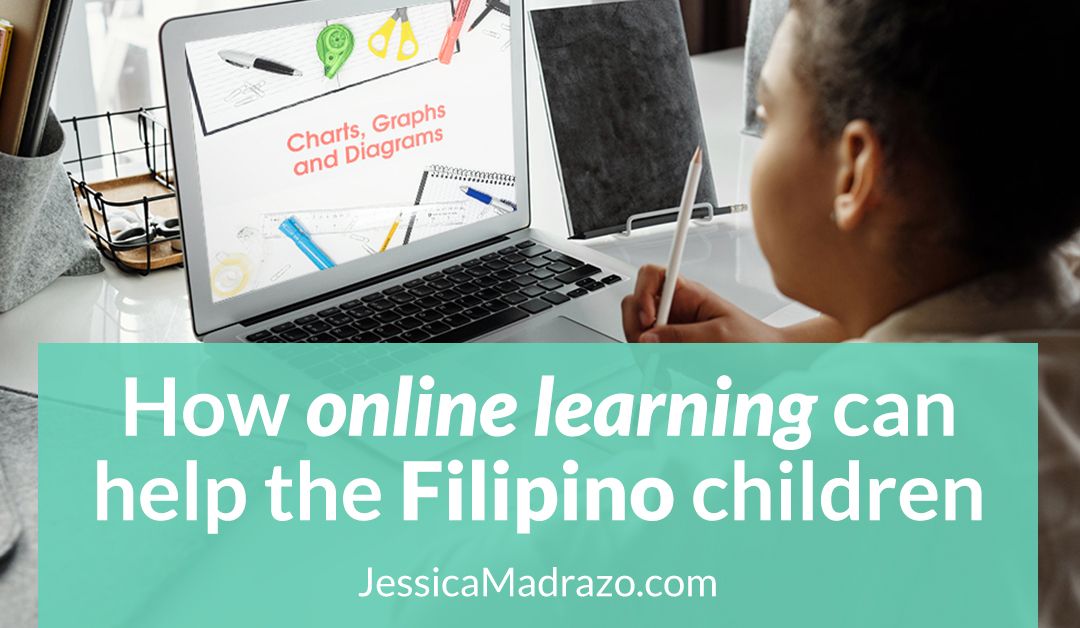
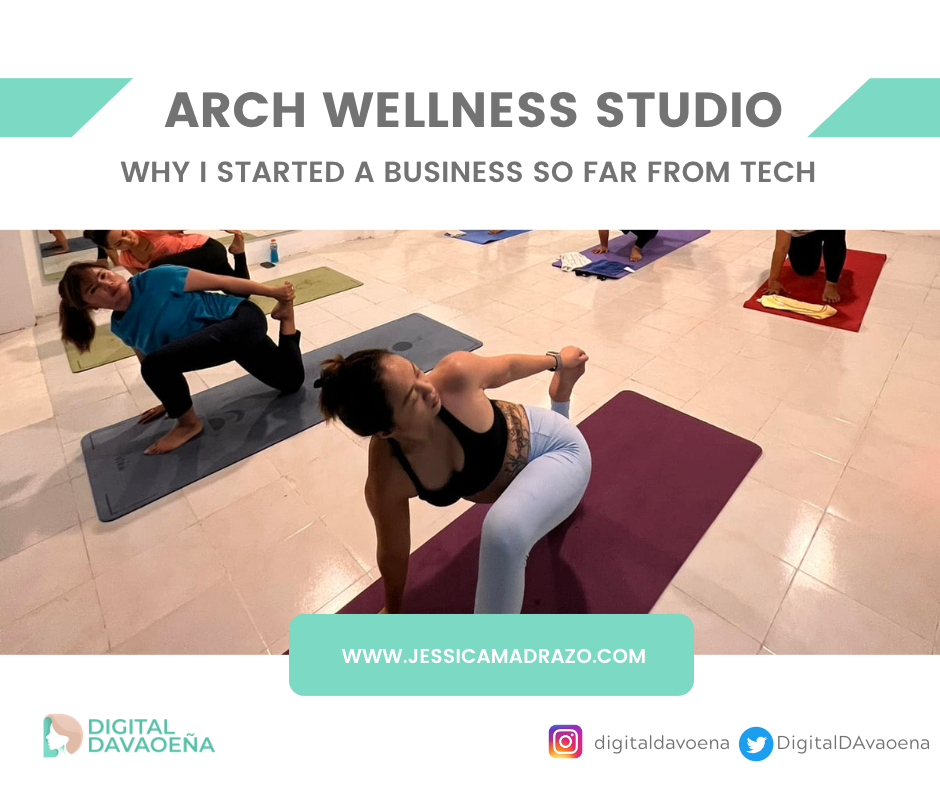



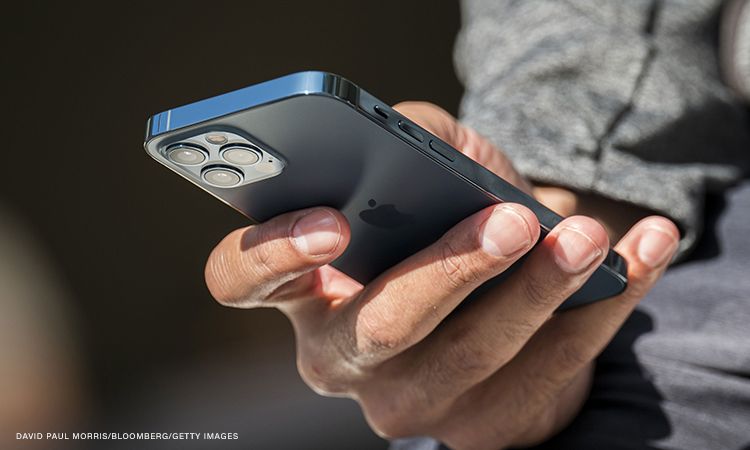
0 Comments